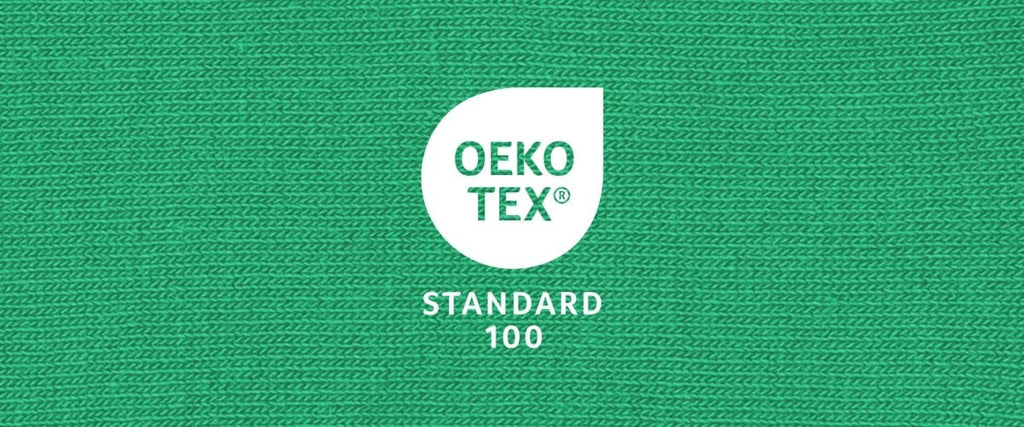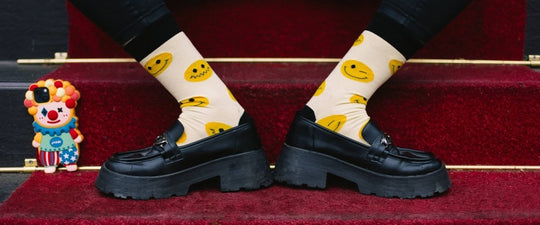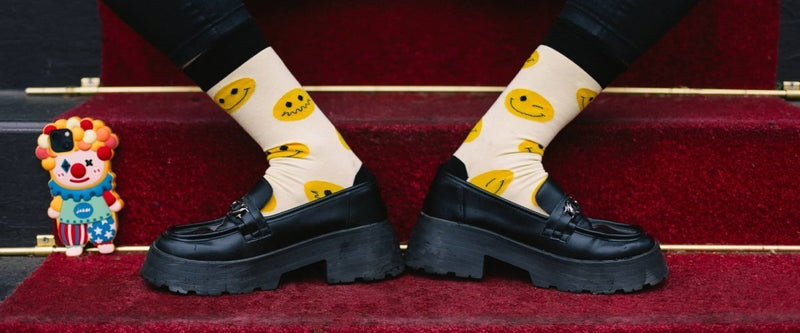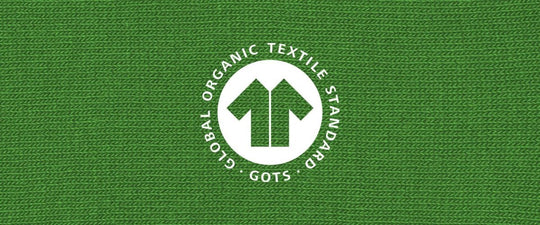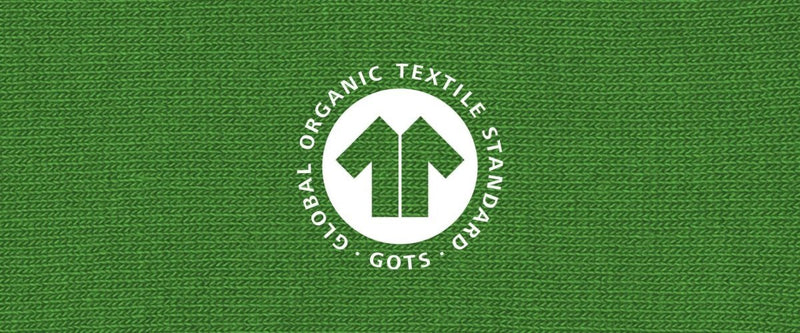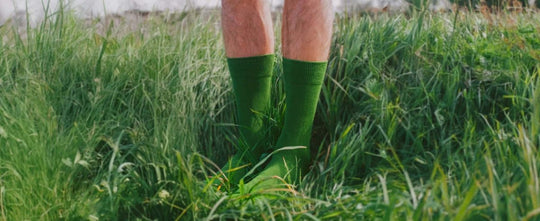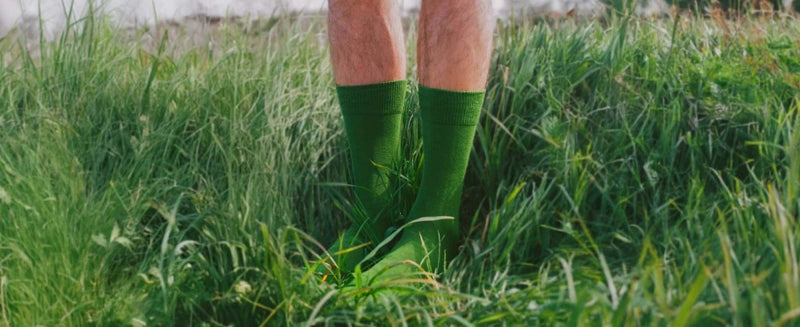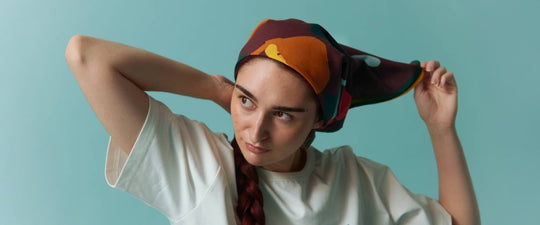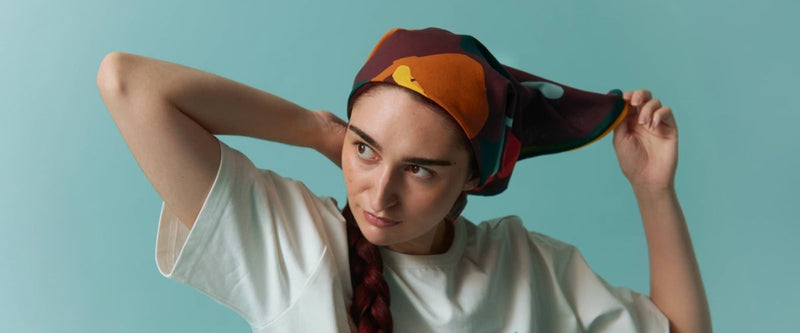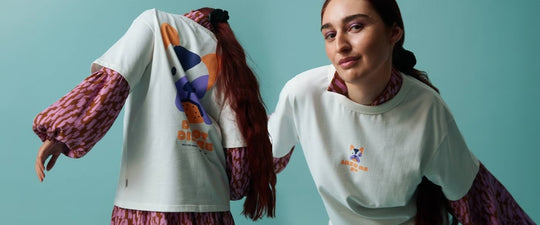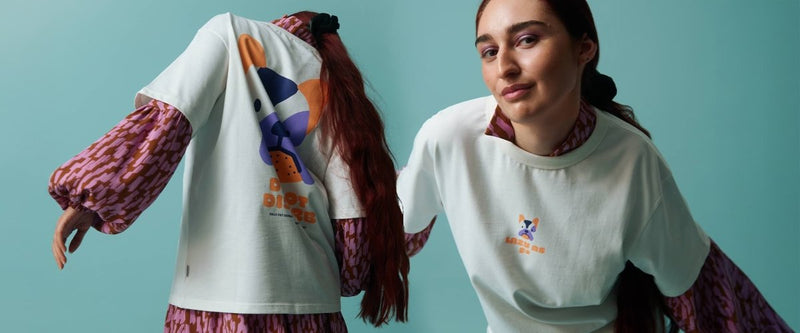You see this label on labels every now and then. What it means exactly is not always clear to most people: the Oeko-Tex Standard 100. We'll shed some light on the matter - and tell you what the certificate means.
OEKO-TEX® STANDARD 100
The Oeko-Tex Standard 100 tests textiles for harmful substances. It deals with the safety of textile products with regard to harmful substances. In other words: Oeko Tex Standard 100 ensures that textiles comply with limit values for certain chemical substances. According to the standard, it takes into account both legally regulated harmful substances and those that are not prohibited by law but can potentially be harmful to health. This is particularly important for sensitive skin types and for children.

FAQs about Oeko-Tex Standard 100
The Oekotex Standard 100 was developed to give consumers confidence in the quality and safety of textiles. It ensures that textile products are tested for harmful substances and comply with certain limits for chemical substances.
No, the Oeko-Tex Standard 100 does not specifically refer to the organic quality of textiles. The certificate focuses primarily on the safety of textile products with regard to harmful substances. It sets limits for certain chemical substances and checks whether the products comply with these limits.
The Oeko-Tex Standard 100 uses the concept of product classes to cover different types of textile products. Each product class has specific requirements and limits that apply to certification. Here are the product classes of the Oeko-Tex Standard 100:
Product class I: This class includes textile products for babies and toddlers up to 36 months, such as clothing, bedding and toys. The requirements for this class are particularly strict, as the products must meet the highest standards for skin compatibility and safety.
Product class II: This class refers to textiles that have direct skin contact but are not intended for babies and young children. This can include adult clothing, underwear, bed linen and other textiles. The requirements for this class are also high and aim to protect the skin health of consumers.
Product class III: This class concerns textiles that do not have direct contact with the skin, such as decorative fabrics and upholstery materials. The requirements for this class are somewhat less stringent because the likelihood of direct skin contact is lower.
Product class IV: This class is specific to home textiles and includes, for example, bed linen, curtains and towels. The requirements for this class relate to safety during use and are intended to ensure that the textiles do not release any substances that are harmful to health.
The Oeko-Tex Standard 100 product classes allow manufacturers to certify their textile products according to their intended use and potential exposure to the skin. This gives consumers the confidence that the certified textiles meet the specific requirements for their intended use.
The Oeko-Tex seal is awarded by independent certification bodies accredited by the International Federation of Research Institutes for Textiles and Clothing (Oeko-Tex). These certification bodies carry out audits and tests to ensure that textile products meet the requirements of the Oeko-Tex Standard 100.
Oeko-Tex Standard 100 at a glance
- The certificate offers consumers clear guidance when purchasing textile products tested for harmful substances
- The certification ensures that products have been tested for harmful substances and are therefore considered safe for human use.

Oeko Tex Standard 100 and DillySocks
All DillySocks products comply 100% with the Oeko-Tex Standard 100. This ensures that all our products are free from harmful substances and kind to the skin.
Discover our Oeko-Tex Standard 100 certified products here.
A considerable part of our sock collections is also GOTS-certified. You can find out exactly what the standard means here .
